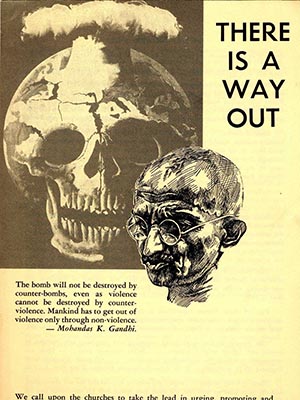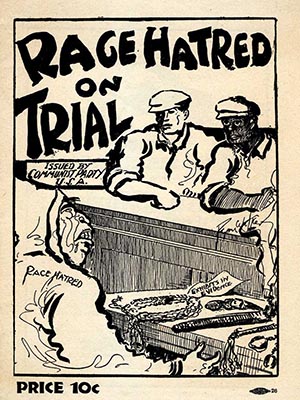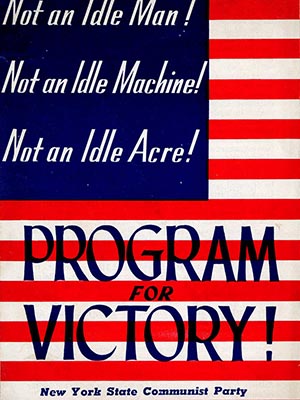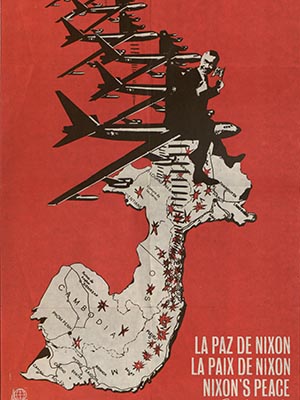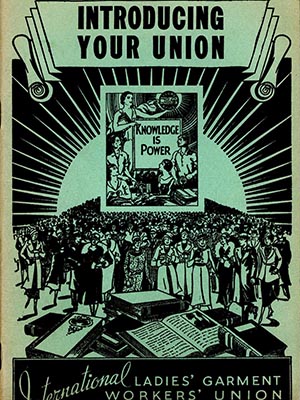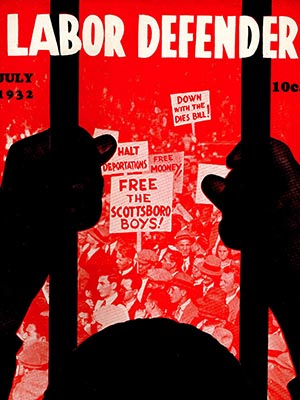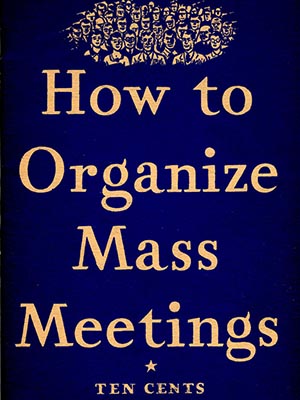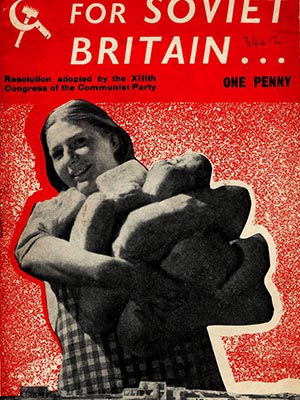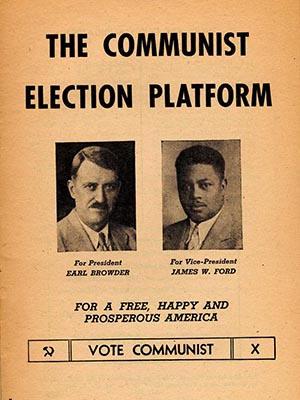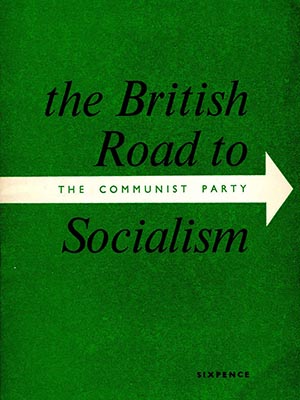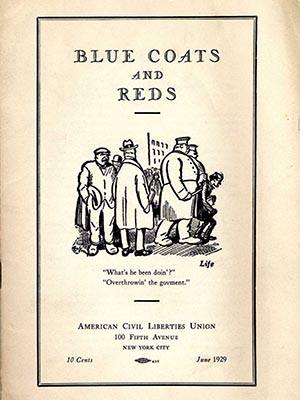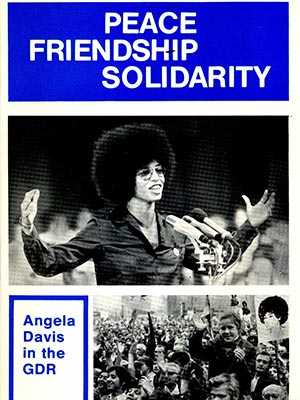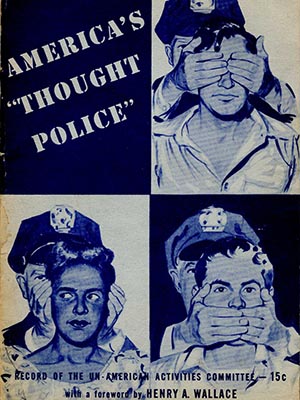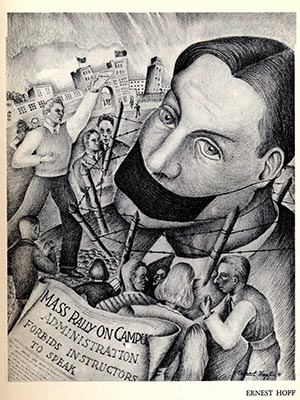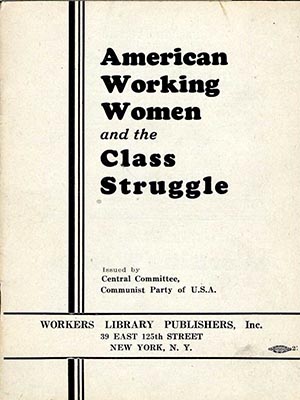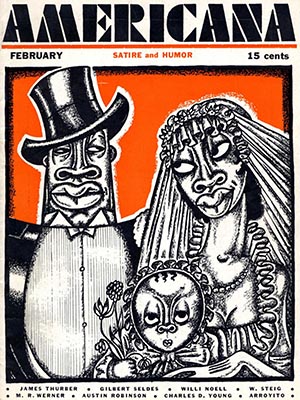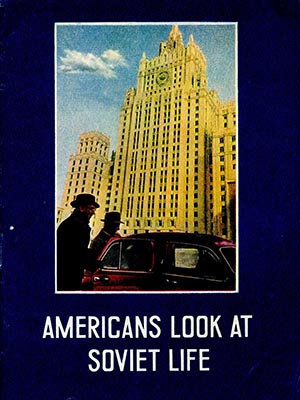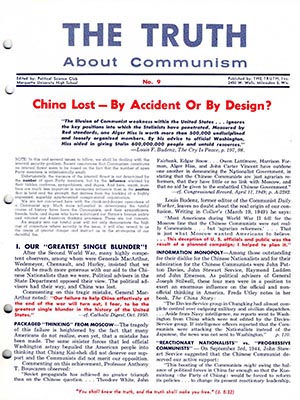Radical Pamphlet Collection
July 30, 2009
Description by Julian Nemeth, graduate student in American history
 During the late 1960s and early 1970s, a new generation of American radicals protested the Vietnam War, proclaimed black power and demanded women’s liberation. Partly in response to the era’s political ferment, the Brandeis University Special Collections library began to collect radical literature from throughout the 20th century. The resulting Radical Pamphlet collection contains over 4,000 documents that help illuminate the history of transatlantic radicalism, especially Anglo-American labor radicalism, during the first 75 years of the 20th century. Not limited to national politics, the collection includes a large number of radical documents from the state and municipal level. With its primary emphasis on radicalism in the first half of the 20th century, especially the period between 1930 and 1950, the collection complements Brandeis University’s Hall-Hoag collection of Extremist Literature in the United States, which holds similar material for the period between 1950 and 1990.
During the late 1960s and early 1970s, a new generation of American radicals protested the Vietnam War, proclaimed black power and demanded women’s liberation. Partly in response to the era’s political ferment, the Brandeis University Special Collections library began to collect radical literature from throughout the 20th century. The resulting Radical Pamphlet collection contains over 4,000 documents that help illuminate the history of transatlantic radicalism, especially Anglo-American labor radicalism, during the first 75 years of the 20th century. Not limited to national politics, the collection includes a large number of radical documents from the state and municipal level. With its primary emphasis on radicalism in the first half of the 20th century, especially the period between 1930 and 1950, the collection complements Brandeis University’s Hall-Hoag collection of Extremist Literature in the United States, which holds similar material for the period between 1950 and 1990.
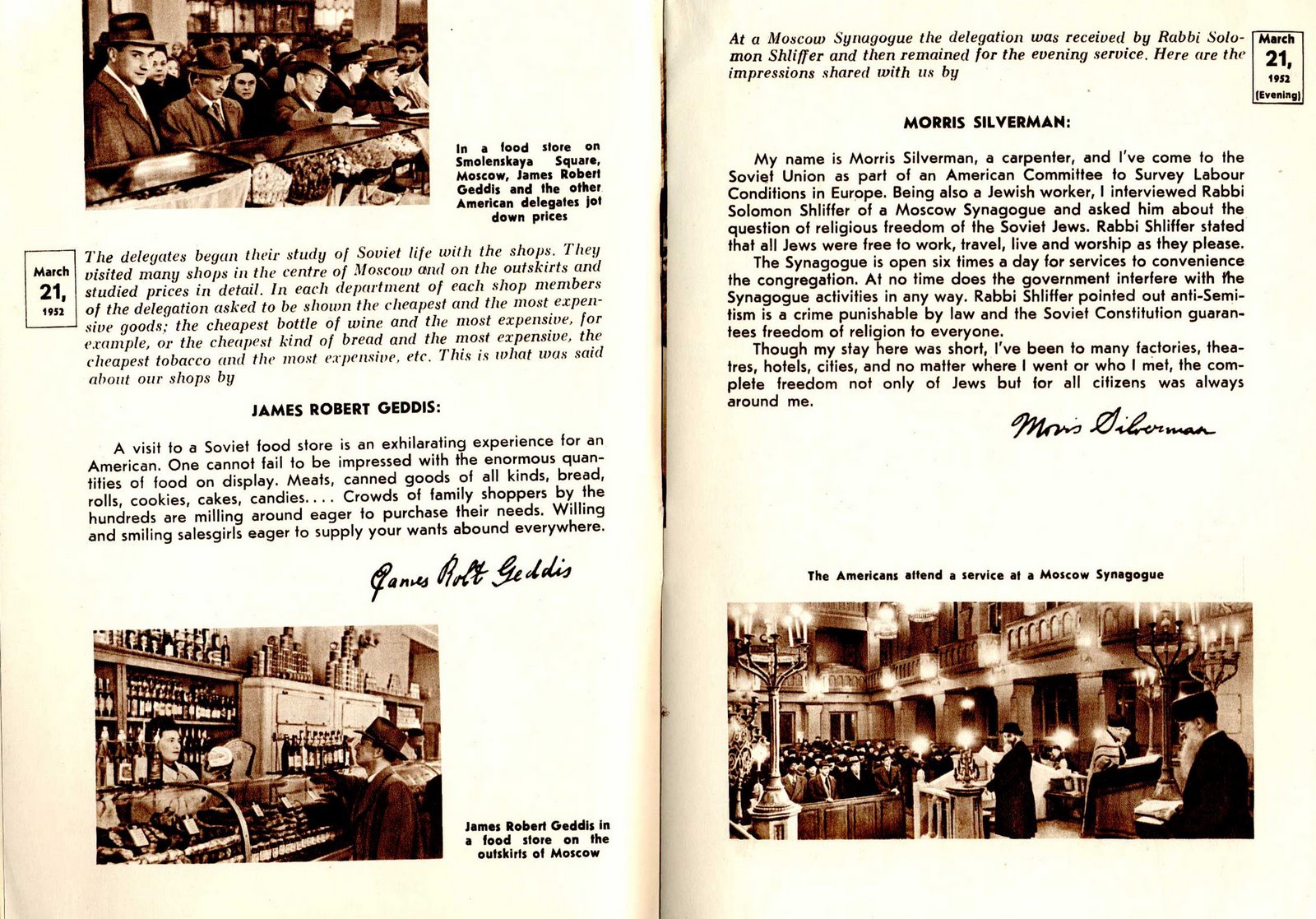 Containing a wide array of printed materials including pamphlets, magazines, journals, books and campaign advertisements, the collection holds an especially extensive catalogue of British and American Communist Party literature published between the 1930s and 1950s (highlighting the Party’s response to the Great Depression, World War II and the war’s aftermath).
Containing a wide array of printed materials including pamphlets, magazines, journals, books and campaign advertisements, the collection holds an especially extensive catalogue of British and American Communist Party literature published between the 1930s and 1950s (highlighting the Party’s response to the Great Depression, World War II and the war’s aftermath).
 The material produced by American Communists shows the way the party tried to attract African Americans and women by emphasizing (what were then considered) its radical positions on gender and racial equality. At the same time, the materials show how the Party attacked its socialist enemies and vigorously defended Stalinism and the Soviet occupation of Eastern and Central Europe. Civil libertarians, who defended the rights of communists and radicals as they faced repression from both state and federal authorities, are also well-represented in the collection. The collection contains a number of pamphlets defending civil liberties during the McCarthy Era, but also holds many pamphlets produced by the American Civil Liberties Union from the 1920s through the 1950s.
The material produced by American Communists shows the way the party tried to attract African Americans and women by emphasizing (what were then considered) its radical positions on gender and racial equality. At the same time, the materials show how the Party attacked its socialist enemies and vigorously defended Stalinism and the Soviet occupation of Eastern and Central Europe. Civil libertarians, who defended the rights of communists and radicals as they faced repression from both state and federal authorities, are also well-represented in the collection. The collection contains a number of pamphlets defending civil liberties during the McCarthy Era, but also holds many pamphlets produced by the American Civil Liberties Union from the 1920s through the 1950s.
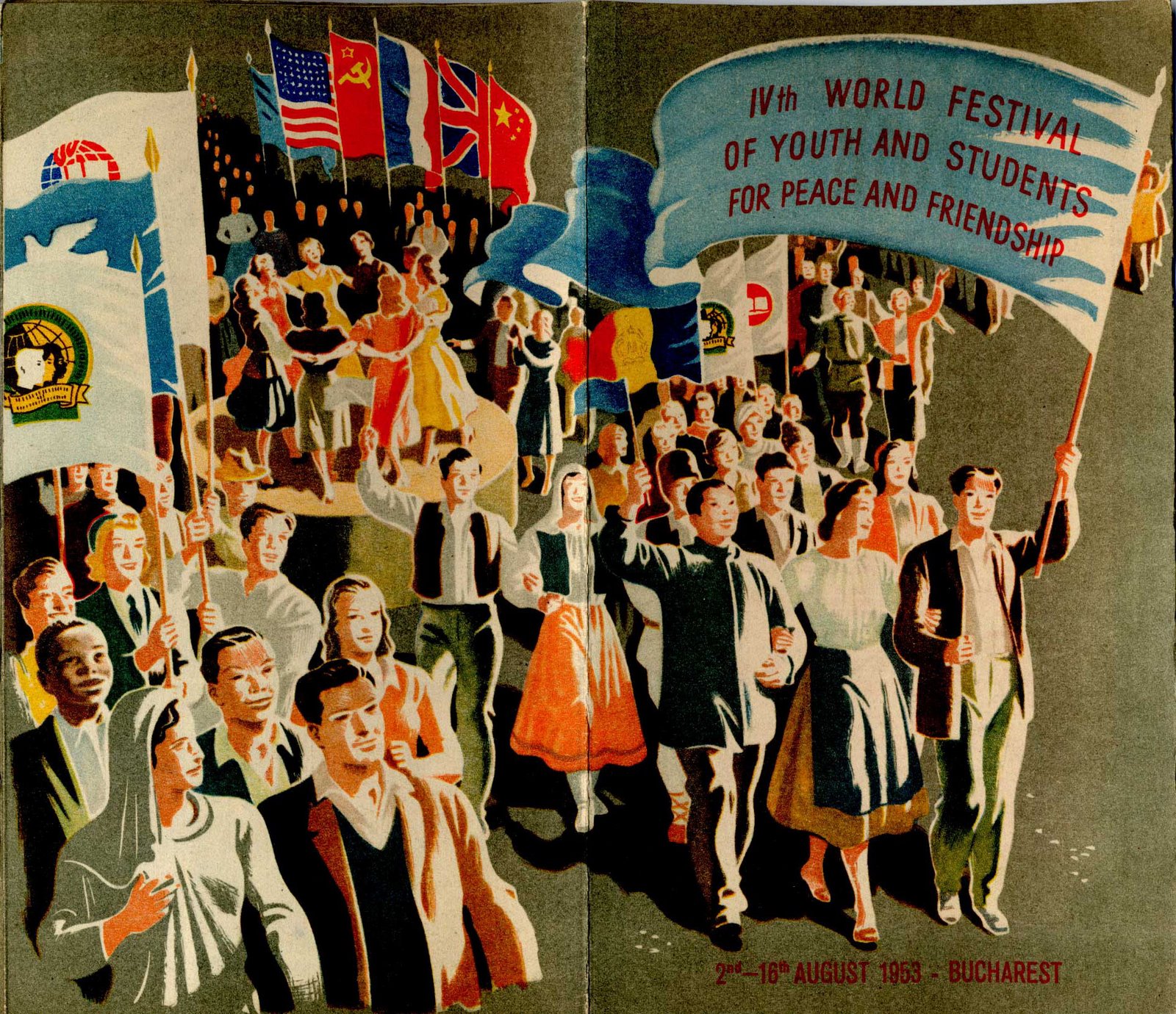 In addition to pamphlets and political tracts, the collection also holds a number of radical and artistically inventive magazines from the first half of the 20th century, including Mother Earth, Americana, The Masses, The New Masses, Class Struggle and Labor Defender.
In addition to pamphlets and political tracts, the collection also holds a number of radical and artistically inventive magazines from the first half of the 20th century, including Mother Earth, Americana, The Masses, The New Masses, Class Struggle and Labor Defender.
Complementing its focus on left-wing radicalism, the collection holds a number of documents related to right-wing anti-communism. These include published reports from state and federal House Un-American Activities Committees and pamphlet collections such as the staunchly anti-communist “The Truth about Communism.”
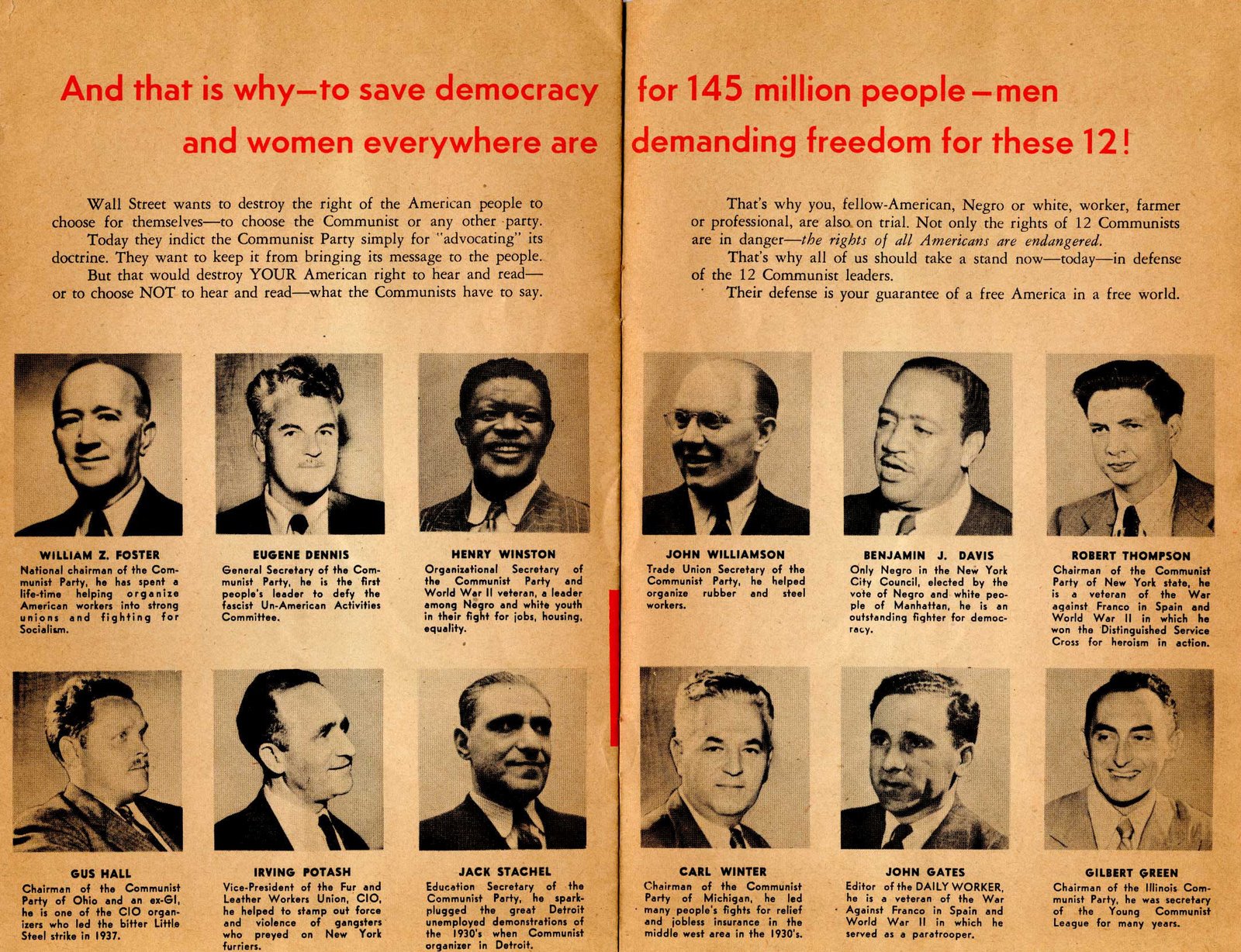 Chronologically, the collection shows the trajectory of American radicalism during the 20th century, from its height during the Popular Front of the 1930s to its relative decline during the McCarthy era to its rejuvenation with the movements of the New Left during the late 1950s and 1960s. As a whole, the collection provides invaluable insights into the intellectual, political and social worlds of 20th-century American radicalism.
Chronologically, the collection shows the trajectory of American radicalism during the 20th century, from its height during the Popular Front of the 1930s to its relative decline during the McCarthy era to its rejuvenation with the movements of the New Left during the late 1950s and 1960s. As a whole, the collection provides invaluable insights into the intellectual, political and social worlds of 20th-century American radicalism.
